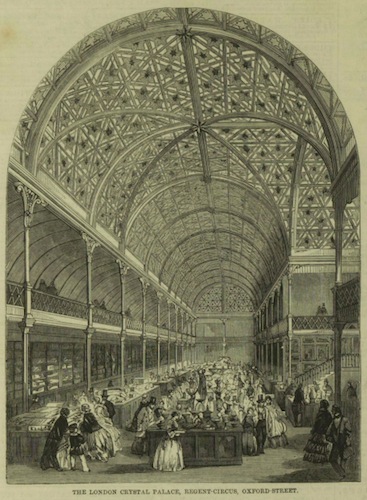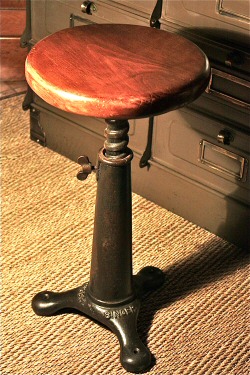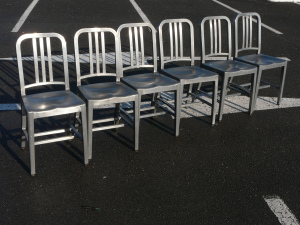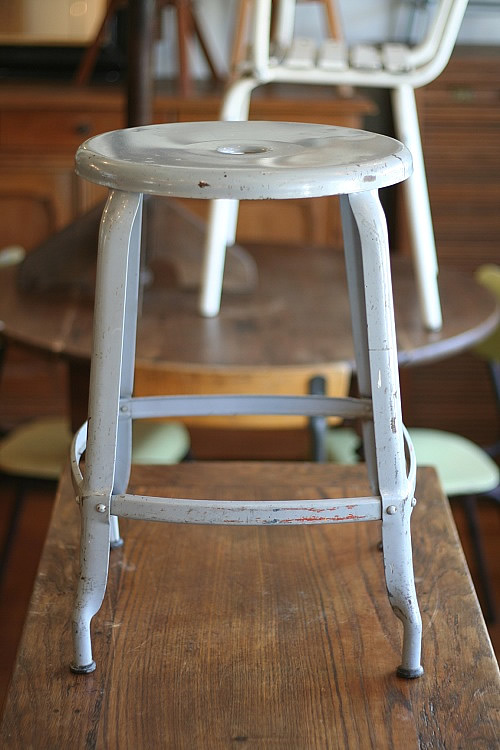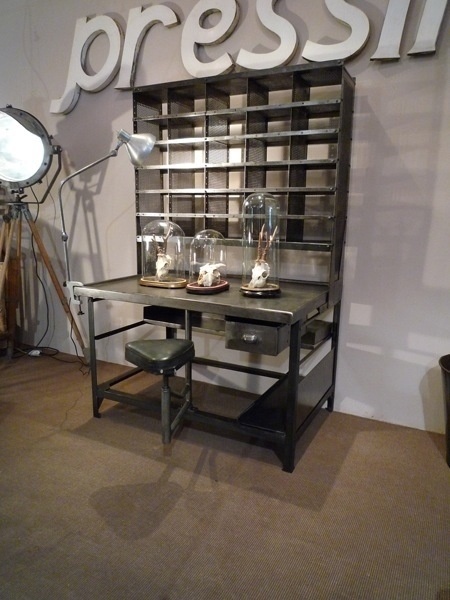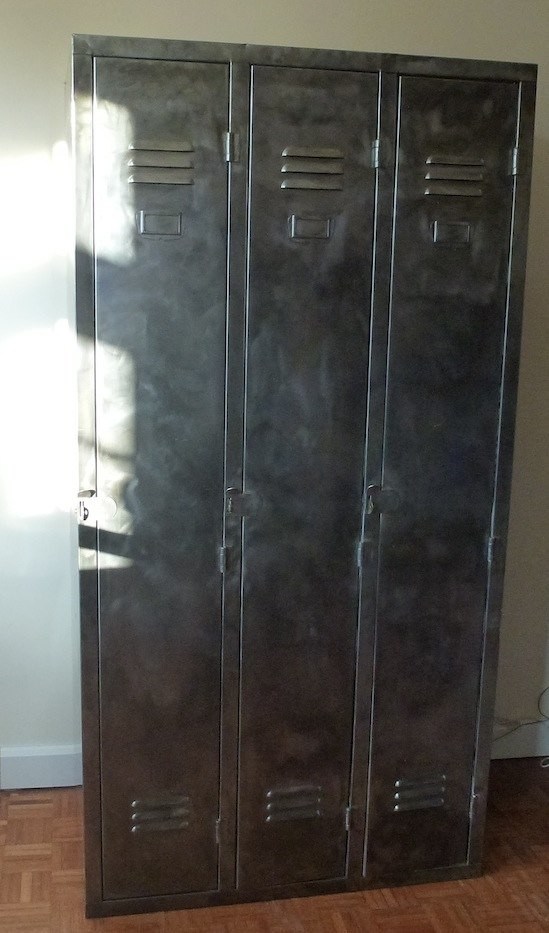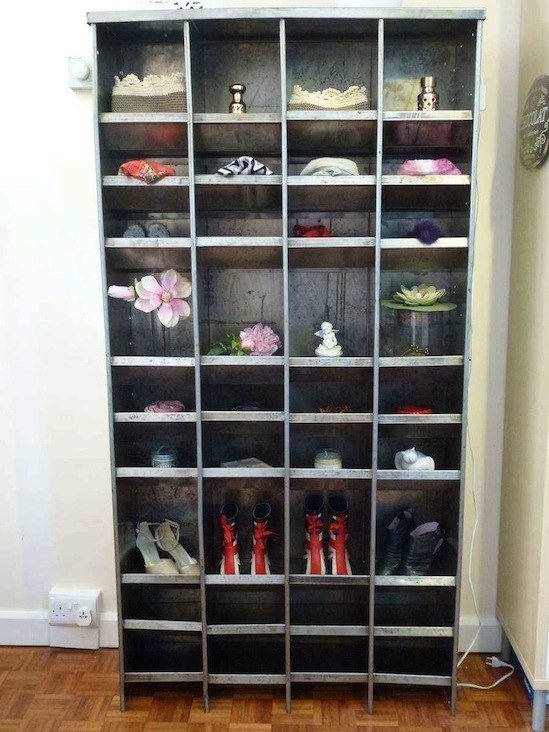Discover the origin of the Tolix Brand.
It’s the story of a metallic chair recognized worldwide as one of the symbols of the French Industrial Design.
The Model A chair has become an icon of Industrial Aesthetics. It’s unfailing popularity since 1934 has enabled to enter the Collections of the Vitra Design Museum, MOMA and the Pompidou Center. This mythical chair, crafted of steel sheets, has been assured by «its fool-proof solidity, its unequalled lightness and its easy maintenance.
Everything started with the aim to answer to the needs of brewers. They were demanding clients and represented the largest share of the Pauchards’ turnover. The need were huge as In 1930, in France you could find 1 café for 50 people, in 1950 there was still 1 café for 120 people.
“Making space profitable, putting as many drinks as possible on the tables and optimizing the back and forth journeys of the waiters; turning café terraces into profitable business was the challenge of my family” Xavier Pauchard.
Pauchard finds the right answer. The pedestal table’s edged top could accommodate four glasses of beer and their mats, four coffees, plus an ashtray and bill saucer. The cast iron base was hidden under the table; the chairs were stackable and café terraces suddenly became a lot more profitable!
TOLIX was born.
All merit goes to Xavier Pauchard (1880-1948) who was a pioneer of galvanisation in France. Shortly after World War 1, based in Autun, Burgundy, he found himself (a visionary and inventive entrepreneur) in charge of a flourishing manufacture of galvanised sheet-metal domestic items, which at the time, embodied household comfort. It was in 1927 that he registered the trademark TOLIX, at the same time converting to the «production of chairs, armchairs, stools and metal furniture».
The different models (rustproof, robust and stackable) conceived by Xavier Pauchard found their place directly inside factories, offices and hospitals, as well as outside, on cafe terraces and in public parks. Embarked aboard the ship, Normandie, in 1935, these chairs also filled the aisles of the 1937 Exposition Internationale –Arts et Techniques. Furniture for children was created in 1935 under the mark of « La Mouette ». At the end of the 50’s, with the succession of his son, Jean, Tolix and it’s 80 workers produced about 60 000 units annually. This prosperous company remained in the same family until 2004. Then a woman, Chantal Andriot took back the company with the designers François Dingjian et Eloi Chafaï alias Normal Studio to assist her in the artistic direction. Today this enterprise is endowed with the latest technology which accompanies it’s numerous inherited manual processes and equipement.
Tolix Chair Model A
Its first version doesn’t present any stiffener (from 1930). The stiffeners for the feet appear in 1938, the ones for the “palmette” (back chair) with a shape as a “U” upside down, appear in the 60s. These successive adaptations were used to decrease the cost of the chair. It also had, like all others items, the same reinforcement crosspiece “X” under seat. The seating is plain with only 7 little holes. The brand Tolix is embossed on the back of the chair (it appeared very lately) and can attest the original or not, and date the others which don’t have any brand on them.
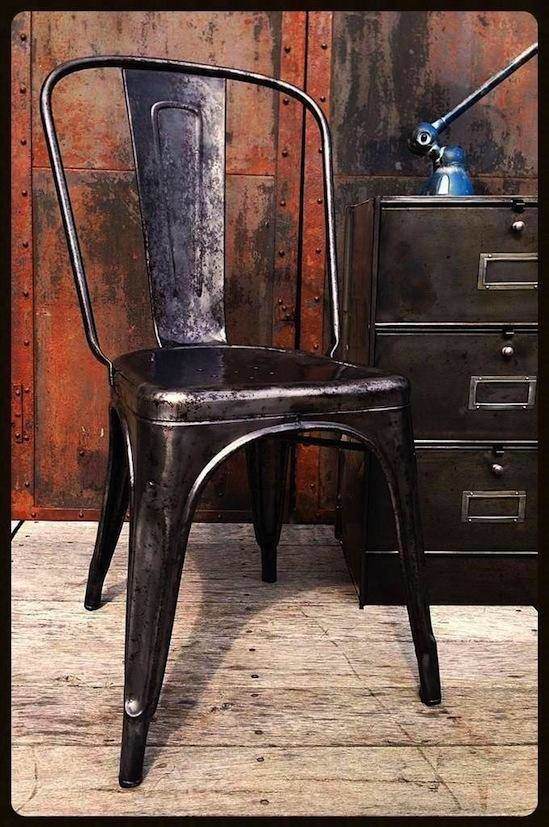
Fantastic Tolix A Chair with a lovely patina (stripped out)
Discover now: the Armchair C, the stool H, the A56, the FT5, the T4 and the D types

